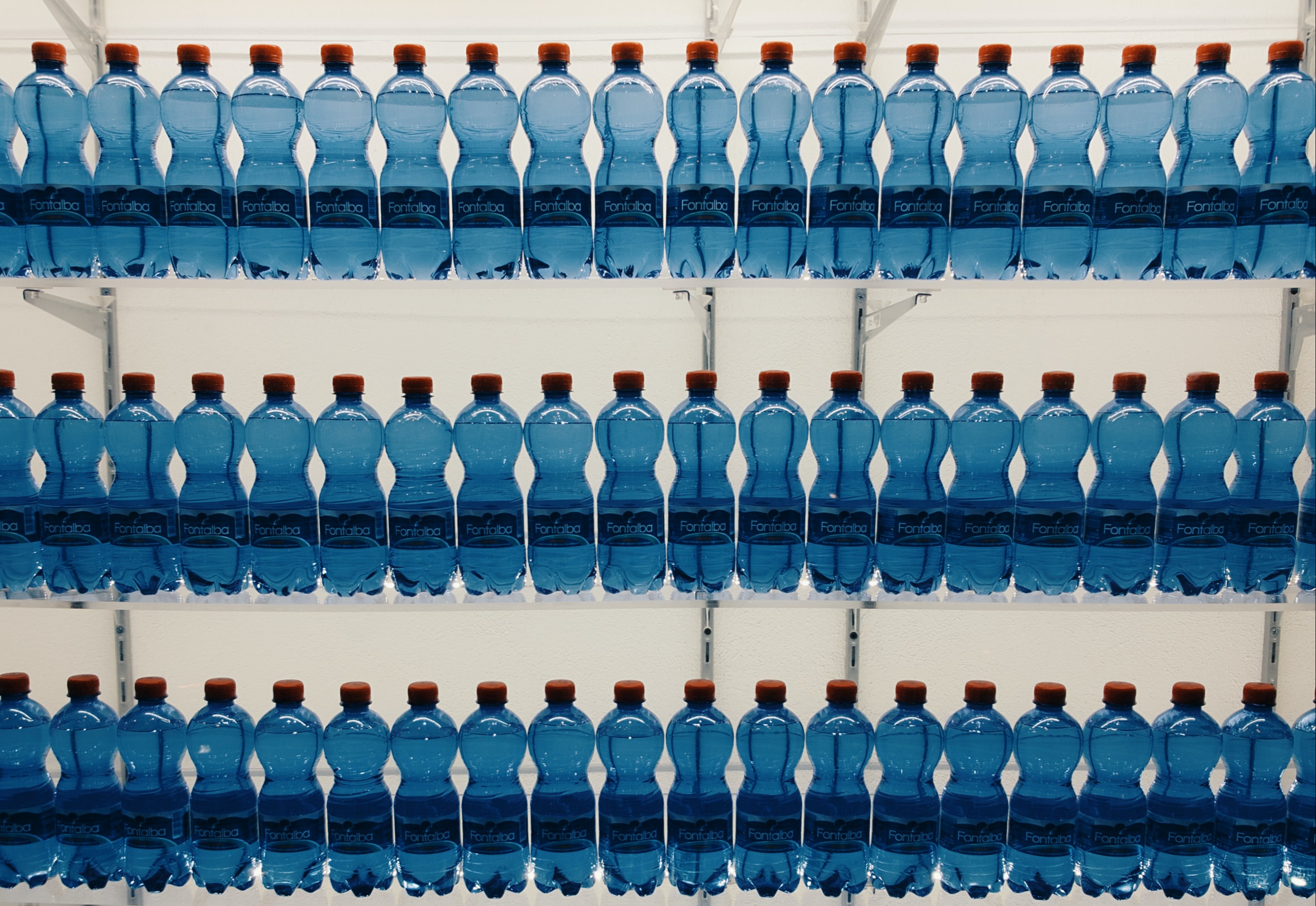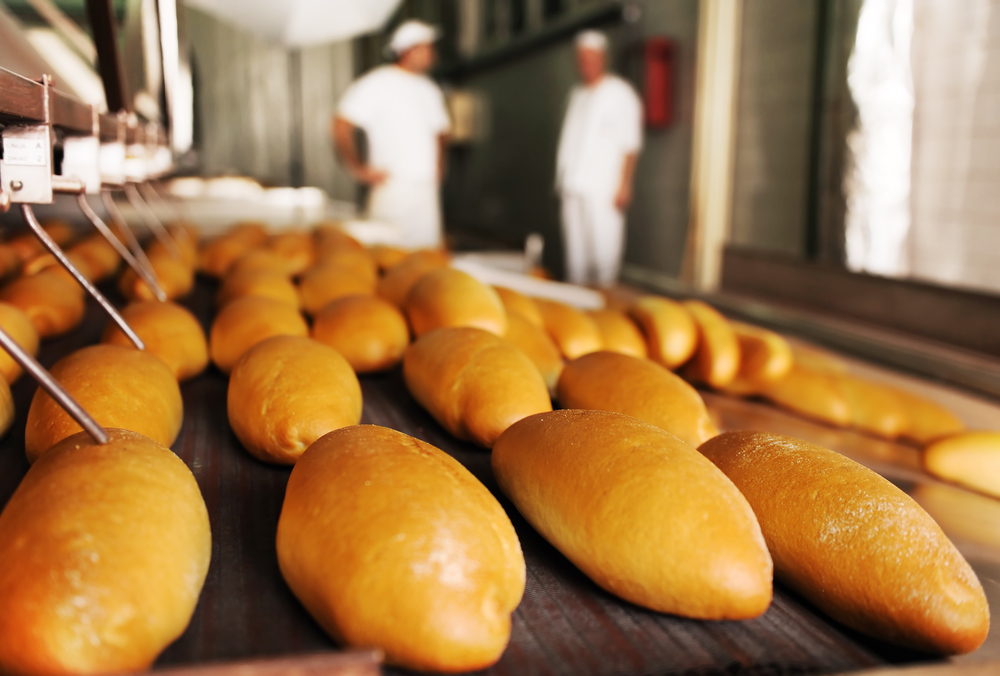The complexity of today’s food supply chain means traceability continues to be a hot topic in the food and drink industry. Food manufacturers are under increasing pressure to ensure they can successfully trace their products successfully for food safety and quality.
Having the right traceability software in food manufacturing can give you greater control and peace of mind when it comes to Lot tracking and recalls. But before we get into the features/functionalities of the ideal food traceability system, let’s start with looking at what your current platform can do.
Not all traceability systems are equal
Some questions you should be asking yourself include:
- How much information can your system record? Does it document nutrient information, point of origin and production scheduling?
- How far forward/backward in the supply chain does it track?
- How precise is your system when tracking a product’s journey?
- What technology keeps your records up-to-date?
Lastly, the accuracy of your system’s tracing is vital. This is because you need the power to act efficiently and with precision in the event of a recall.
For example, if contaminated foods slip into the system, an effective traceability solution will allow you to identify and isolate the source quickly, helping you mitigate the consequences.
What features should the ideal traceability system offer?
1. Deep levels of detail
The ideal food traceability system will capture the entire history of items, Lots and serial numbers in one single interface.
- Track every transaction from the time the item is bought/processed to the moment it leaves your warehouse
- In case an audit of processes and procedures is needed, all transactions should link to the employee that performed them
- The exact time and date of each transaction should be recorded
2. Lot tracking for raw materials
Even if your retailer doesn’t provide this, assigning the level of Lot numbering to the items you bought as raw goods is important. This is because if your retailer notifies you of an issue with a product you received from them a week ago, you’ll need to identify what product in the shipment is the problem. You’ll also be able to view what other shipments contain that product.
3. Lot tracking by shift
Avoid getting stuck going through a whole day’s worth of inventory by assigning new Lot numbers with each shift. This will give you the precision you need and reduces effort in the event of a bad run.

4. Allergen tracking
You need more than complete traceability on your ingredients and products containing allergens. The right traceability software will tell you what items your raw materials have come into contact with so you can see what products might have allergens at trace level.
5. Tracking goods from other countries
Country of origin is a vital data point to track throughout your manufacturing process. For example, in the UK, you must show the country or place of origin for:
- Beef, veal, lamb, mutton, pork, goat and poultry
- Fish and shellfish
- Honey
- Olive oil
- Wine
- Fruit and vegetables
Plus, you must label meat, fish or seafood product with its country or place of origin if you're selling it to the final consumer or mass caterer.
This information also appeals to today’s consumers who have more interest in knowing where their food comes from, helping them make more informed, healthy and sustainable food choices. Precise and fair-front-of-pack (FOP) labelling is an essential tool to protect customers, making them more aware of what they’re buying/eating.
Factors consumers base their buying behaviour on include:
- Transport miles – is it close to where the consumer lives or in another country?
- Animal welfare – are they certified to the highest standards?
- Climate change – what’s the environmental impact of its journey?
6. Speedy product recalls
According to UK law, if you believe a food product you’ve imported, produced, processed, manufactured or distributed is unsafe, you should immediately withdraw and/or recall the food where it has left the immediate control of your business.
You must inform enforcement authorities, FSA/FSS, suppliers (if relevant), business customers and consumers (consumers only when a recall is necessary) of the food safety incident and necessary actions.
The right solution will help speed up your product recall process with bi-directional product recall functionality. This allows you to take advantage of Lot tracing data from the material level and up.

7. QR codes for tracking
QR codes can carry more data than traditional bar codes/scanner guns and are just as easy to use. They can be used to capture data throughout the supply chain, making it particularly important for fresh pack and produce growers.
The ideal solution will have an add-in which allows you to create and use QR codes. From there, they can be placed almost anywhere in the Microsoft Dynamics environment.
Aptean Food and Beverage ERP is one such solution that’s fully integrated with Microsoft Dynamics 365 Business Central. It helps you solve industry challenges like ingredients and label management, allergen management and quality control to ensure the best end product for your customers.
Click the button below to read more.
How to find the right traceability software in food manufacturing
With the right traceability software, you can make your processes more manageable. For example, you’ll have full visibility over your supply chain and access to real-time data means you have the assurance all information is up-to-date.
Plus, traceability software in food manufacturing reduces the likelihood of contamination in the food supply chain by identifying affected products before they reach consumers.
If you’d like more tips on how you can stay on top of traceability, download our guide below. We cover the impact of traceability on recall prevention, how to build an effective traceability system and introduce you to the ultimate food solution.


